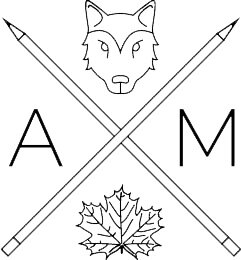19 Days, 5 Hours, and 25 Minutes Later . . .
I just finished The Wheel of Time series audiobooks. Over the last two months, I’ve been able to follow the adventures of Rand, Egwene, Mat, Perrin, and the numerous cast of other characters that Jordan used to reveal his world to us. I will be going back through the books in order to create a series of blog analyses of certain aspects of the text and world. Before that, though, I want to leave you with some thoughts from the series.
- Scope
The Wheel of Time has received a lot of flak for its epic scope. The series began as a trilogy and then turned into a fifteen-book behemoth saga about the impending destruction and salvation of an entire planet.Each book (sans the prequel, New Spring) is roughly more than 800 pages, with the longest (The Shadow Rising, book four at 393,823 words). The total word count for the entire series, including the prequel, is 4,410,036 words. That’s a lot of words. (Hbint: a typed, double-spaced page is about 250 words per page. That’s roughly 17,640 double-spaced pages.)I love this aspect about the book. I love the gargantuan effort it is. I love that it’s truly epic. When I think of epic, I think of Beowulf, the Odyssey, and Paradise Lost—epic poems written before there were typewriters and computers. These are stories on the grand scale, just like the Wheel of Time is.The scope of this book is epic, and it delivers on that promise.
- Side Characters
The epic qualities of this series provide for the excellent use of side characters. Jordan really knew his characters. Many parts of the novels follow side characters down side plots that are woven back into the entire pattern of the story. I love these moments because side characters—especially well-developed, dynamic, and defined side characters—make or break a story for me.One of my favorite side characters is Sebban Balwer. Introduced in the sixth book, he works for the Children of the Light and then moves with the main characters once the plot continues. His character is fascinating, though, because of how Jordan uses him. If I remember correctly, he doesn’t get a POV chapter, but through his interactions with the other characters, we see the depth that Jordan put into this character who could just be filling an archetype.
- Gender
Gender in this book is complicated and nuanced, just like it is in the real world. Yes, women are high in power (being the only gender to have access to the magic system at the beginning of the series), but sometimes Jordan’s treatment of women feels rather patriarchal. I actually rather enjoy this part of the series; it shows how imperfect we are as humans. Even with a society that has women in a place of power, there are still issues related to gender.One of the good qualities of gender in the Wheel of Time is that it departs from former science fiction and fantasy series and their treatment of women. For example, The Sword of Shannara and The Lord of the Rings contain large travel journeys where the travel group contains only male characters. The Eye of the World added female genders into the travel group with characters Moiraine, Egwene, and Nynaeve. While I can’t claim Jordan’s series was the first to do this, I do believe it to be one of the most epic and largescale stories that did it, even with numerous examples of it not being done before him.So, here I sit, typing after 19 days, 5 hours, and 25 minutes of listening for the past two months. I feel fulfilled. I feel like I want to delve more into this world with another reread. I feel like I want to understand more of what this text has to offer because it has a lot to offer.
